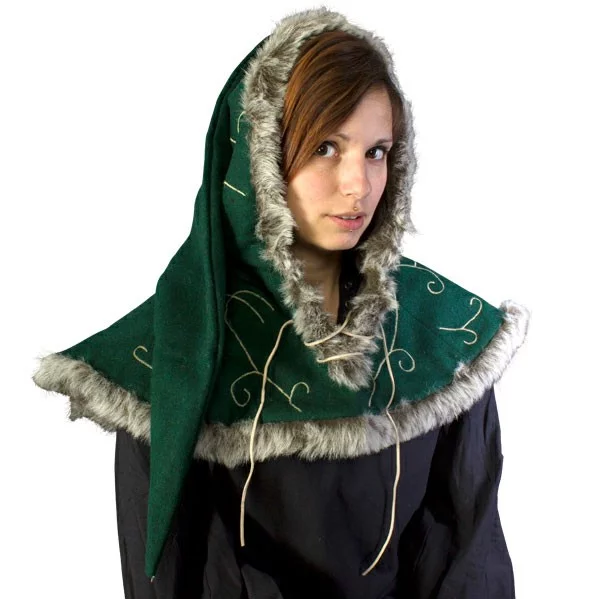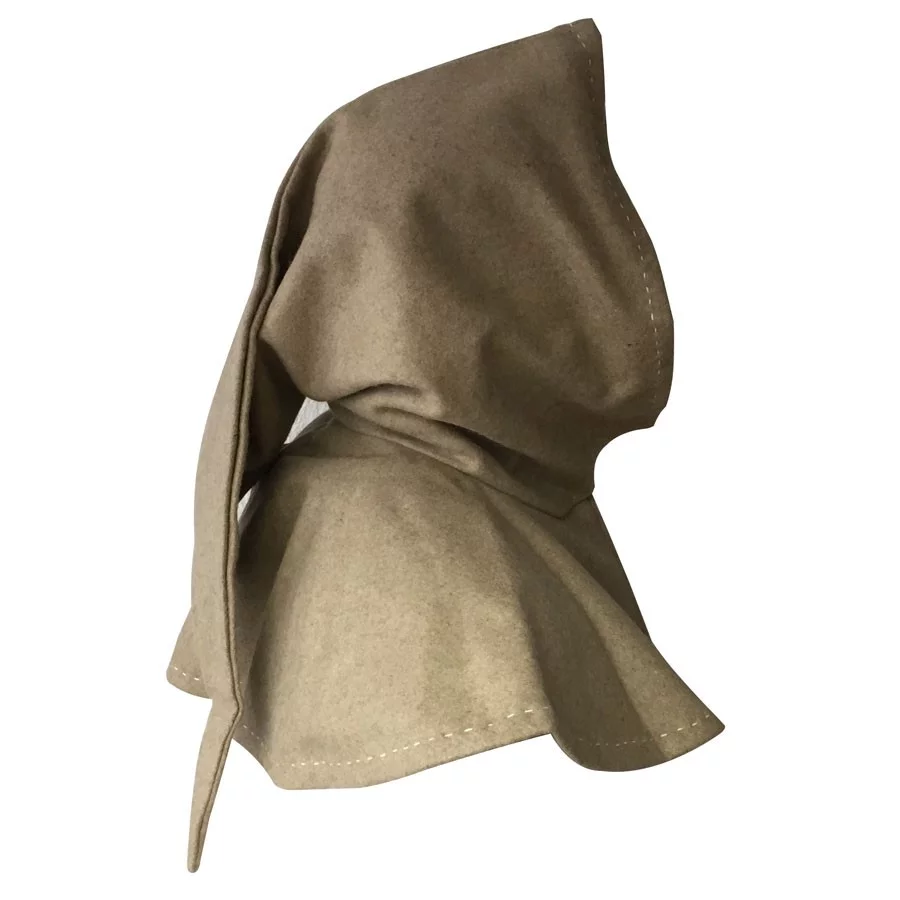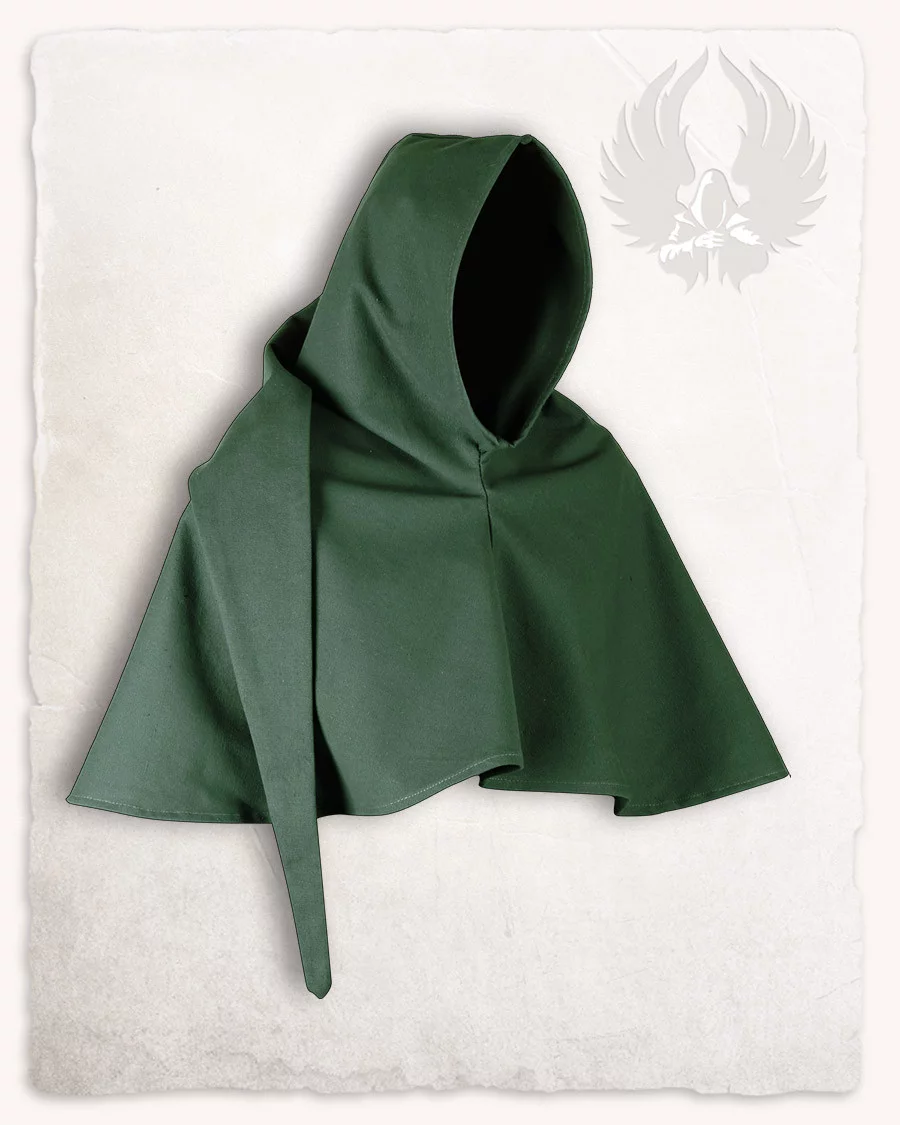What is a Gugel?
A “gugel” is a fascinating historical accessory that has been an essential part of medieval clothing. This term refers to a type of hat or hood that was widely used during the Middle Ages, especially between the 12th and 15th centuries. We will explore in detail what a gugel is, its characteristics, uses, and its relevance in medieval society.
Characteristics of the Gugel
- Design: The gugel is essentially a hood that covers the head and extends over the shoulders, providing warmth and protection against the cold. The garment can be made from various materials, such as wool or cotton, making it warm and resistant to the elements.
- Uses: Beyond its practical function as warmth, the gugel was used in historical reenactments, fairs, and role-playing events. Its versatile design allows it to be used in various ways, even as a scarf or a decorative garment.

Compared to a more basic medieval hat, the gugel is a more elaborate piece that offers greater coverage and versatility, adapting to the user's needs. The ability to transform into other garments, such as scarves, is one of its great attractions.
Origin and History of the Gugel
The gugel has its roots in hoods and cloaks from earlier times. It became popular in the context of medieval clothing and is considered a practical and stylish garment. It was often worn by both men and women, becoming a prominent part of the fashion of the time.

- Functions: Its primary function was to protect the head and upper body from the cold and rain. Typically made of wool fabric, it was warm and very suitable for the cool climate of the time.
- Colors and Style: The predominant colors of these gugels were earth tones, such as brown, green, and gray, giving them a rustic and authentic appearance, which was quite representative of medieval clothing.
Social Importance of the Gugel
The gugel was not only used as a garment for warmth, but it also played an important role in medieval fashion. Here are some of its social implications:
- Variations: There were different types of gugels, including simple, pointed, straight models, and those adorned with bells. Each type had unique characteristics and was used based on personal preferences and social context.
- Social Significance: The length of the tails and decorations could indicate the social status of the wearer. Decorated gugels were common on festive occasions and symbolized belonging to a specific group or social class.

In summary, the gugel has left a significant mark on the history of medieval clothing, acting not only as a functional garment but also as a status symbol. In our store, we offer a variety of medieval gugels that have been made with high-quality materials and an authentic design, perfect for those looking to have a piece of history in their wardrobe.
















